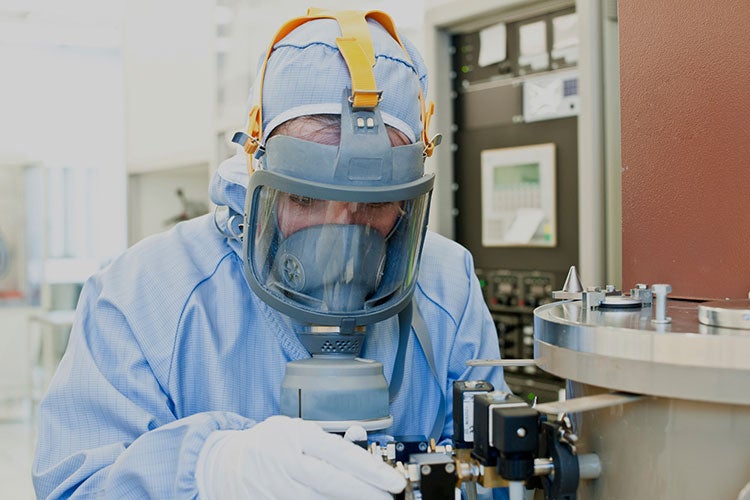Radiation safety may not always be the top concern of lab workers, but it is a crucial step in working with radioactive materials, and lab managers who overlook it could be jeopardizing the long-term health of their workers.
“It’s not that people don’t want to follow [safety procedures]. It’s just that once they become comfortable with it they might get kind of complacent,” said Corinne Mitchell, the radiation safety officer at Harvard University.
She said the radioactive materials most commonly used in laboratory settings generally do not present huge risks on their own. But when they’re mishandled or when safety procedures are ignored, over time the risks increase.
Labs can take the lead on making sure workers are handling radioactive material safely. Some simple cultural changes can make a big impact. For example, Mitchell said putting in place strong safety rules and instituting consequences when they are not followed can make a huge difference. The recommended rules involve limiting the duration of exposure to radioactive materials, maximizing the distance from materials and ensuring shielding equipment is used whenever feasible. Managers should have the authority to keep workers who violate these rules out of the lab for a predetermined amount of time as a penalty.
“It’s a safety culture,” Mitchell said. “If you have a group of people and they all want to follow the rules it helps.”
Training is another huge opportunity. Mitchell said labs can provide safe handling tools to workers, but it’s up to the individuals to actually use them. This is where training comes in. Mitchell said new workers should be drilled in laboratory safety protocols before they are allowed near any potentially unsafe materials. Training then needs to continue. People tend to forget things or get overconfident, so reminders never hurt.
Finally, the design and layout of labs can make a huge difference in creating a safe working environment. Mitchell said a lot of labs today want to institute collaborative environments, where people working on different projects are right next to each other. These open working spaces can be great for fostering collaboration, but they make containing radioactive materials more of a challenge. When lab directors are setting up operations, they should consider this tradeoff. Walling off working spaces may not fit the general ethos they are trying to create, but it can play an important role in laboratory safety. Working with radioactive materials often requires a specific setup that may include specialty ventilation equipment, spill trays and absorbent materials and dedicated test tubes. An open lab environment could mitigate the benefit of some of these precautions.
Once laboratory staff become comfortable with radioactive material they might get complacent
Guarding against the effects of radiation is not just about worker safety. Radiation safety procedures are mandated by the U.S. Nuclear Regulatory Commission, which requires a radiation safety officer and radiation safety committee, and most states have their own laws. It’s up to lab managers to ensure they are in compliance with all regulations and to ensure the safety of their workers.
Corinne Mitchell teaches in Radiation Safety Officer Training for Laboratory Professionals at Harvard T.H. Chan School of Public Health. To learn more about this opportunity, click here.
